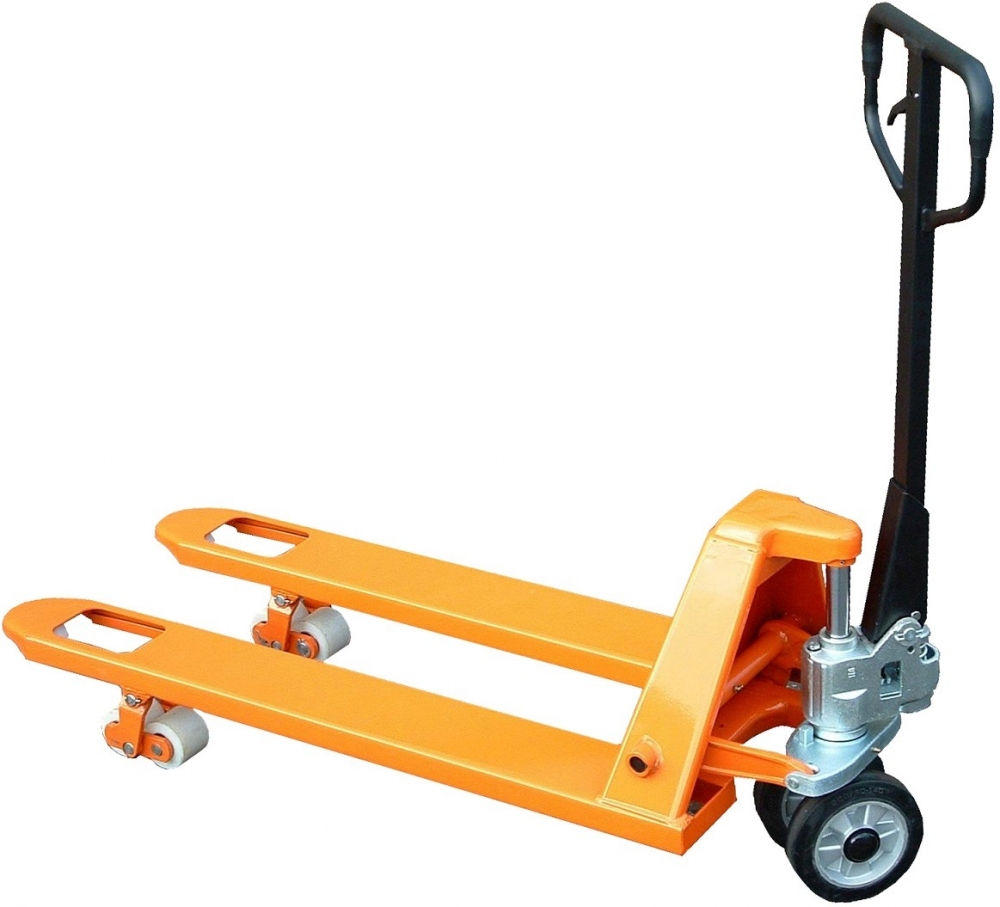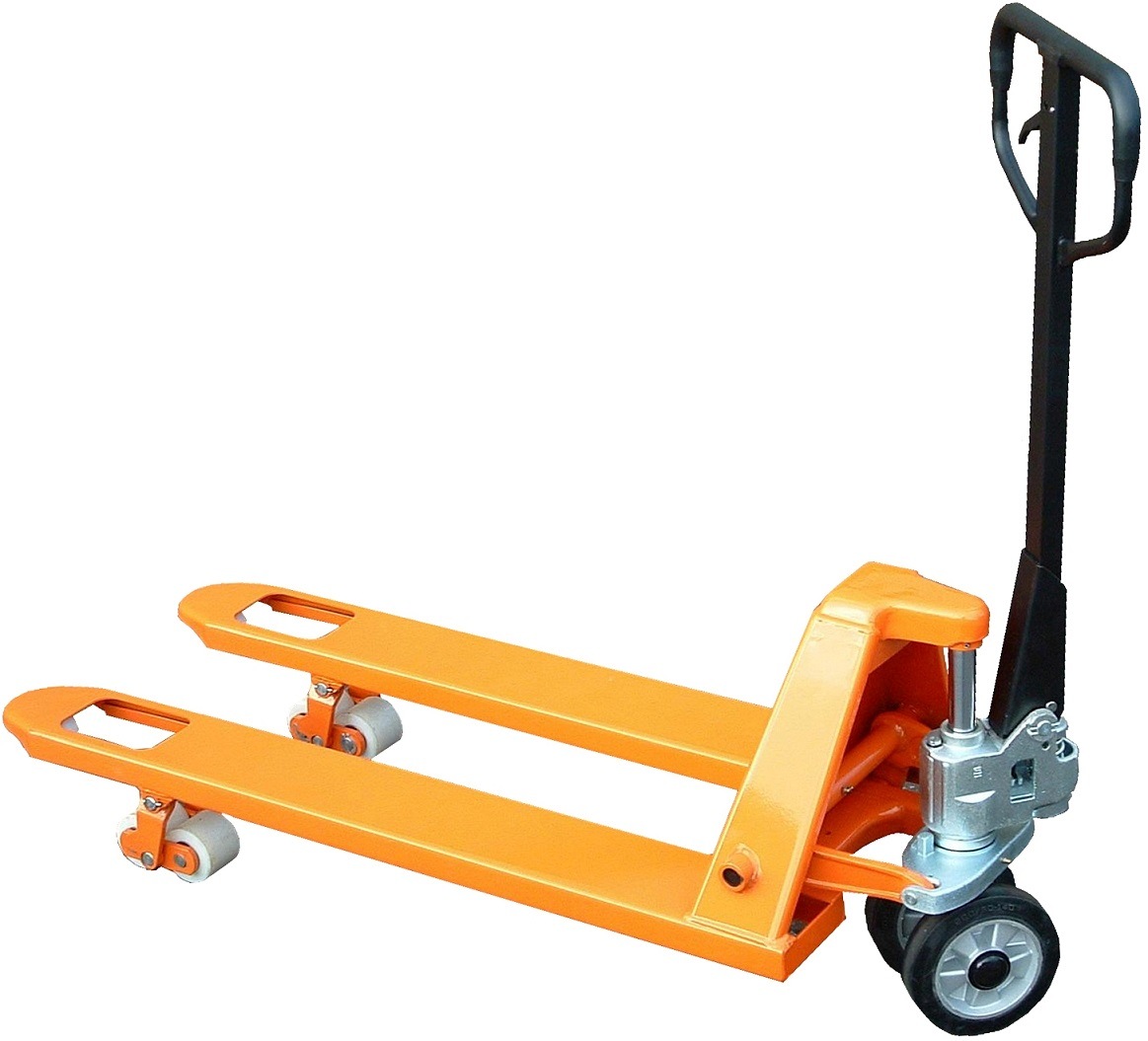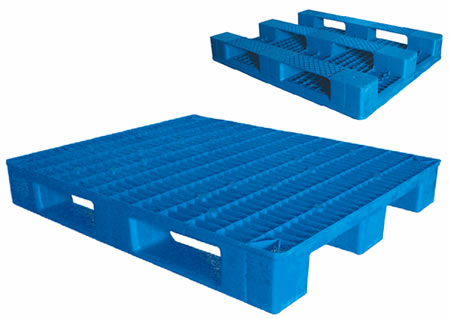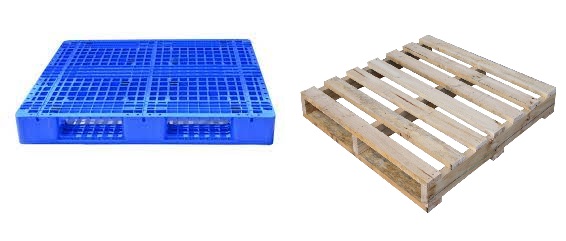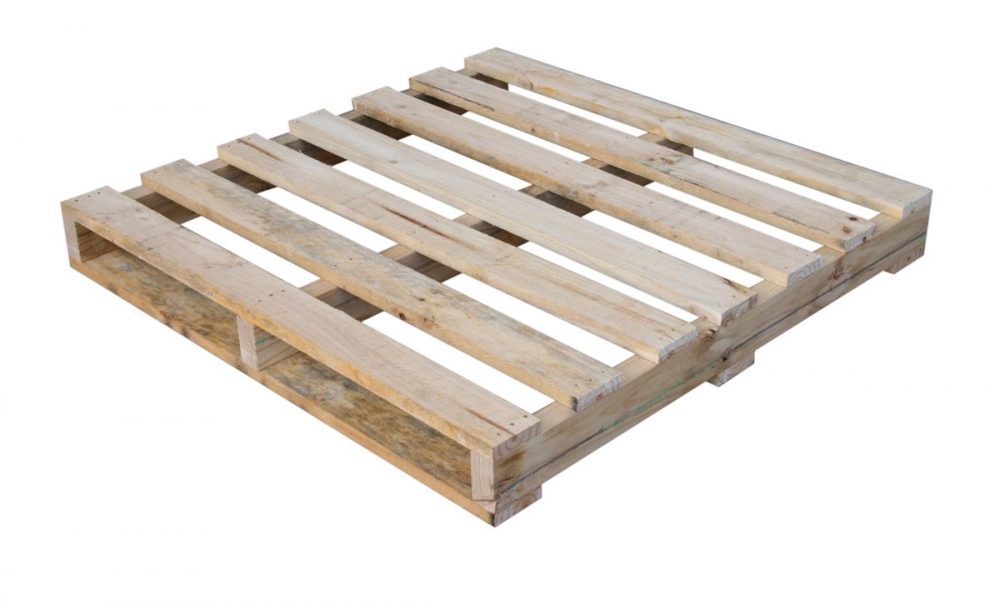Hand Pallet Truck / Hand Pallet Jack – The Essential Manual Material Handling Tool
Hand Pallet Truck / Hand Pallet Jack – The Essential Manual Material Handling Tool
A hand pallet truck, also commonly known as a hand pallet jack, manual pallet truck, or pallet lifter, is one of the most essential pieces of material handling equipment in warehouses, retail stores, factories, and distribution centers worldwide. This manual lifting device is designed for moving palletized goods over short distances in an efficient, safe, and cost-effective way. Unlike electric pallet trucks or forklifts, a hand pallet jack does not require fuel, batteries, or complicated maintenance. Instead, it uses a simple hydraulic pump mechanism operated by the handle to lift pallets just a few inches off the floor, allowing them to be rolled to their desired location. The simplicity, low cost, and durability of the hand pallet truck make it a preferred choice for both small businesses and large-scale operations looking for reliable load-handling equipment.
Structure and Working Mechanism of a Hand Pallet Truck
The design of a hand pallet truck is straightforward yet highly functional. It consists of two strong steel forks that slide under a standard pallet, a hydraulic pump system to lift the load, a steering handle that doubles as the pumping lever, and a set of load wheels and steering wheels for smooth movement. The forks are typically 1150 mm long to accommodate standard 2-way or 4-way pallets, although other fork lengths are available for specialized applications. To lift a pallet, the operator pumps the handle up and down, which activates the hydraulic cylinder and raises the forks off the ground. To lower the load, the operator uses a release lever on the handle that allows the hydraulic pressure to be released, lowering the forks in a controlled manner. This manual lifting method makes the pallet jack energy-efficient, eco-friendly, and highly dependable in any workplace.
Types of Hand Pallet Trucks for Different Applications
Manufacturers offer several types of hand pallet trucks to suit different industries and requirements. The standard manual pallet jack is the most widely used for everyday warehouse tasks. Low-profile pallet trucks are designed for pallets with low clearance, while extra-long and extra-wide pallet jacks handle oversized goods. For industries requiring hygienic handling, such as food processing, pharmaceutical production, or chemical manufacturing, stainless steel or galvanized pallet trucks are available, offering corrosion resistance and easy cleaning. Weighing pallet trucks integrate a digital scale, allowing operators to check load weight while moving goods, saving time in shipping and receiving operations. For cold storage facilities, specially designed low-temperature models are built with components that resist freezing and maintain smooth operation even in sub-zero environments.
Advantages of Using a Hand Pallet Truck
One of the biggest advantages of the hand pallet truck is its cost-effectiveness. Compared to electric pallet jacks and forklifts, the initial purchase price is significantly lower, making it accessible for small and medium-sized businesses. Maintenance is minimal and usually involves lubricating moving parts, checking hydraulic oil levels, and replacing worn wheels. Another benefit is ease of operation—training requirements are minimal, and operators can quickly learn to use the equipment safely. The compact size and lightweight nature of a manual pallet jack allow it to maneuver easily in tight spaces, narrow aisles, and areas where larger equipment cannot operate. Additionally, hand pallet trucks are extremely versatile and can be used in warehouses, retail backrooms, factories, workshops, delivery trucks, and even outdoor markets.
Load Capacity and Performance
A standard hand pallet truck typically supports load capacities ranging from 2,000 kg to 3,000 kg, though heavy-duty models can handle up to 5,000 kg. The wheels—usually made from polyurethane, nylon, or rubber—are designed to provide smooth rolling and reduce operator effort, even under full load. Polyurethane wheels are favored for indoor use on smooth floors due to their quiet operation and floor protection, while nylon wheels are more suitable for rougher surfaces and heavy loads. The ability to handle substantial weights without requiring power assistance makes the hand pallet truck a dependable workhorse in many industries.
Applications Across Industries
The logistics and warehousing sector relies heavily on hand pallet jacks for moving incoming shipments, loading and unloading trucks, and replenishing storage racks. In manufacturing plants, they are used to transport raw materials to production lines and move finished goods to storage or shipping areas. In retail environments, staff use them to move goods from storerooms to shop floors, while in food and beverage operations, stainless steel pallet trucks ensure hygiene compliance. The construction industry uses them for moving heavy building materials on-site, and in export/import operations, pallet jacks are an indispensable tool for container loading and unloading.
Limitations of a Manual Pallet Truck
While the hand pallet truck is incredibly useful, it does have some limitations. Because it relies on human effort, it is less suited for moving heavy loads over long distances or up steep slopes. It also cannot lift loads higher than a few inches off the ground, which means it cannot stack pallets or place them onto high racks—tasks that require forklifts. Additionally, using a pallet jack on uneven, rough, or outdoor terrain can be challenging unless specially designed heavy-duty wheels are used.
Safety and Best Practices for Hand Pallet Truck Use
Safety is a key consideration when operating a manual pallet jack. Operators should ensure that loads are stable, balanced, and within the rated capacity of the equipment. The pallet truck should be pushed rather than pulled whenever possible to avoid back strain. Floors should be free from obstructions, spills, or debris to prevent accidents. On slopes, extreme caution is needed, and heavy loads should never be left unattended on an incline. Proper storage of the pallet truck—forks lowered and parked in a designated area—prevents tripping hazards and protects the hydraulic system from unnecessary strain.
Maintenance for Long-Term Reliability
A well-maintained hand pallet truck can last many years. Regular checks on the hydraulic pump, lubrication of pivot points, and inspection of wheels for wear ensure smooth operation. Replacing worn-out parts promptly can prevent breakdowns and extend the service life of the equipment. Because the design is simple and spare parts are widely available, most businesses can maintain their pallet jacks without major expense.
Why Hand Pallet Trucks Remain Relevant in Modern Logistics
Even as modern supply chains increasingly adopt automation, robotics, and powered material handling equipment, the hand pallet truck remains an irreplaceable tool. Its low cost, reliability, and ease of use make it an ideal solution for short-distance load movement, quick handling tasks, and environments where powered equipment is impractical. For many businesses, it complements forklifts and automated guided vehicles, offering flexibility and immediate availability without energy requirements or downtime.


